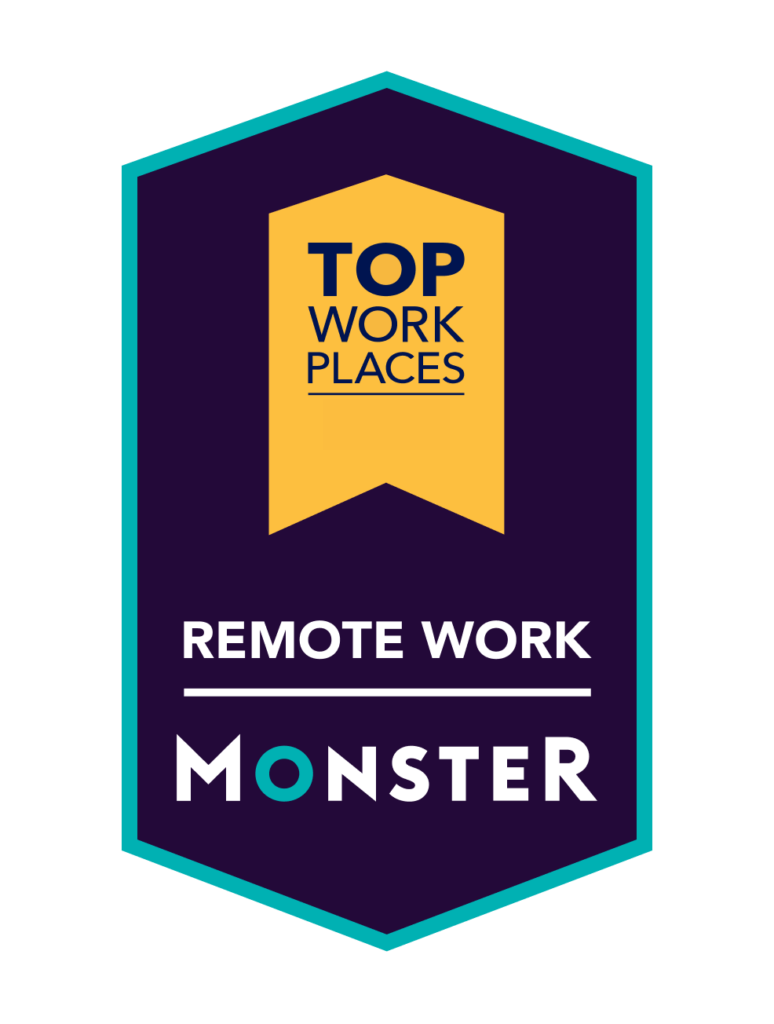Access TeleCare began providing teleNeurology consultations in 2004. As we built our telemedicine practice to include telePsychiatry and teleICU, we skinned our knees and learned a lot of valuable lessons. Our physicians, hospital partners, Consult Coordination Center, and quality team all provided feedback that helped us improve. Our ten lessons learned after over a million telemedicine consults is our advice to hospitals and health systems who want to be strategic about building sustainable telemedicine programs:
- It isn’t about the cart. Don’t get us wrong, we love telemedicine carts. We can talk about carts all day. It is critical that the sound and video quality meet the needs of the users. Busy, loud emergency departments have different needs than the inpatient floors, or outpatient clinics. But, the cart (or the PC, tablet, or smart phone) is just an enabler of the consult. It can’t take the place of the clinician in diagnosing and treating patients.
- But, it is about the workflow. The first step in building an acute telemedicine program is to understand that every single hospital and, in fact, every floor within a hospital, each has their own unique workflows. Once you understand the workflow, you can think through the process and configure algorithms to make it work. And that complexity that you navigate department by department, function by function, needs to be thoroughly understood.
- Quality comes first because the focus must be on the patient and clinical outcomes. Telemedicine IS medicine. Hospitals should choose a partner with quality bona fides like the Gold Seal of Approval from The Joint Commission or URAC’s Telehealth Accreditation seal. Even if you have your own physicians to provide consults, it pays to partner with someone who has supplemental board-certified physicians for when there are spikes in patient volume or if you need to augment night time or weekend coverage. Credentialing by proxy can help speed things up for your Medical Staff Office when adding telemedicine physicians.
- And, because quality measurements require data, it is critical to have tracking and reporting analytics available. Any telemedicine program, no matter what size, needs to measure its effectiveness. Data must be analyzed with a high degree of sophistication to provide insights on quality measures, to evaluate progress, and to effectively match demand and supply. Stakeholders need to see how the program is performing by the same measures they use for in-person clinical programs.
- Telemedicine programs need to be built with the flexibility to scale. Many hospitals are expanding their services after the chaos of virtual care during the pandemic. The trick is now to be able to align and grow those programs rapidly and seamlessly—across departments, facilities, and often state lines. The infrastructure should be built to scale—and to innovate without an enormous capital outlay.
- The average hospital has relationships with 1,300 different vendors, many of which provide solutions such as medical equipment, EMRs, imaging, and billing. In order to implement telemedicine solutions quickly and easily, they need to integrate with existing technology, such as CT scanning equipment and onsite medical records platforms like Epic, Cerner and Meditech. Using Fast Healthcare Interoperability Resources (FHIR) to move information securely from one system to another frees up your IT resources for their long list of other projects.
- Many hospitals are exploring specialty models for telemedicine beyond the big three: teleNeurology, telePsychiatry and teleICU. Choose a partner that can innovate with you with demonstrated investment in infrastructure, people and technology. Choose a partner with telemedicine experience in multiple specialties so you can build new programs faster and more reliably.
- An enterprise telemedicine platform should help coordinate physician scheduling and provisioning, online consult intake, clinical documentation, rules-based physician dispatch, physician communication and engagement, EMR integration and much more. Build a right-sized telemedicine solution with the ability to scale the program at any time with minimal disruption.
- There is no such thing as a small telemedicine implementation. No matter if you are starting with just one department, or establishing an enterprise-wide program, skilled project implementation and workflow optimization is key. Every hospital is different, but a proven methodology for telemedicine project planning, workflow analysis, predictive supply/demand modeling, training, and creation of reports and analytic measures, etc., is essential. It is important to have experienced project management personnel to help improve the implementation speed and success rate exponentially.
- And speaking of people…It pays to hire mission-driven,experienced people. Look for Lean Six Sigma certified staff (not contractors) and PMP© certified project managers. When a telemedicine vendor is proud to show you the people behind the technology, you can trust that they know how to avoid the hidden obstacles of telemedicine.
Our focus on continuous improvement led us to build a telemedicine platform, Telemed IQ, which serves as the foundation for our physicians, Consult Coordination Center, analytics, reporting, and quality teams to work better and faster. Telemed IQ is also available to our hospital and physician group partners who want to provision their own providers, or to create a hybrid model with their physicians and ours working collaboratively to improve access to care.
***
Need more detail? Contact us for a working session regarding your goals for decreasing transfers, improving access to care, and dealing with physician specialty shortages by implementing or scaling acute telemedicine programs. We’ll even talk about carts.








